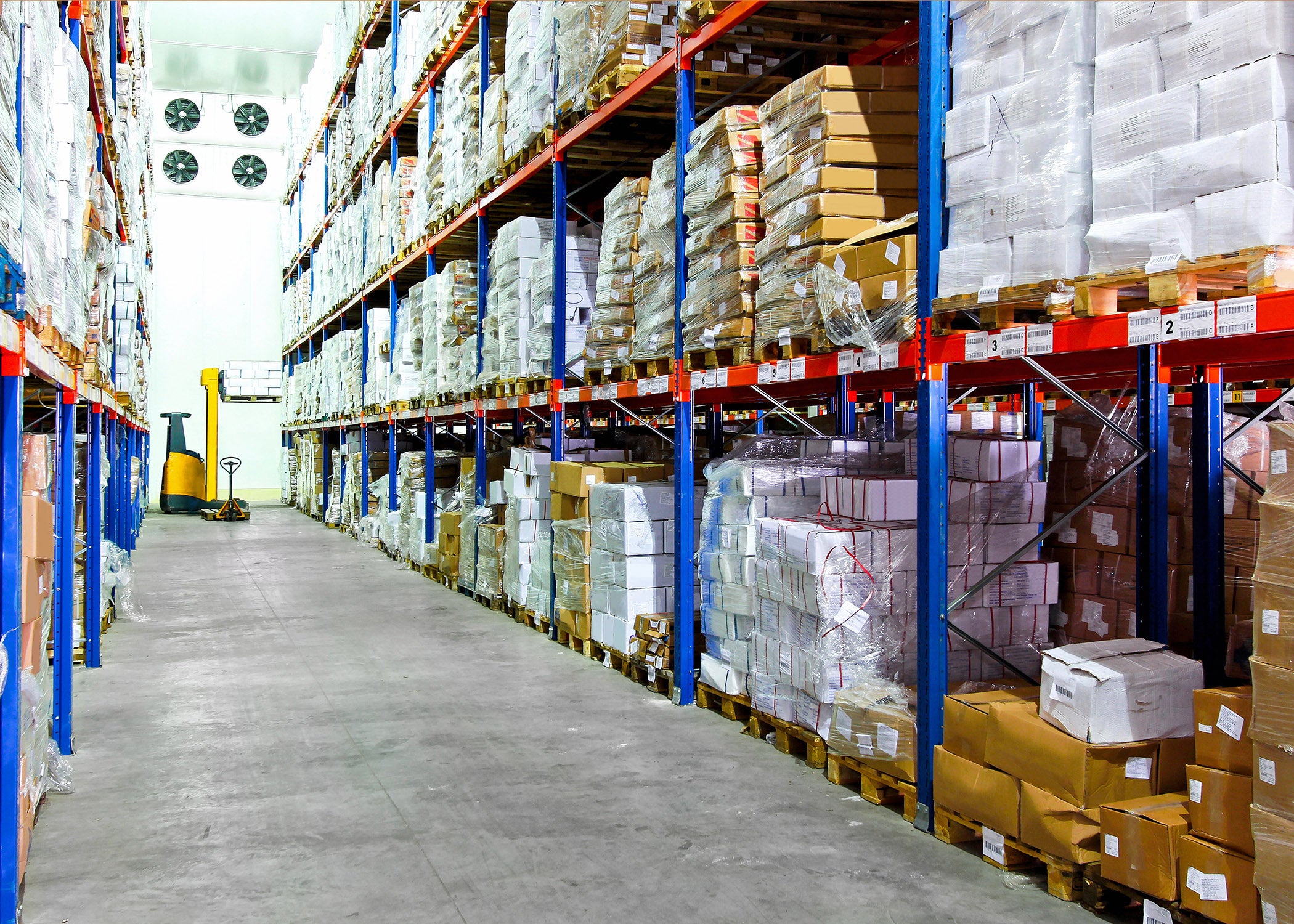Supply chain disruptions linger for beef industry
Published 9:09 am Thursday, March 24, 2022

- Cutline: COVID-19 were confirmed in the U.S., but the virus’ effects on the country’s grocery supply chain could remain well into 2022. (Photo by CanStock) Alt text: Frozen food at shelves in cold warehouse
By Nathan Gregory
MSU Extension Service
Two years have passed since the first cases of COVID-19 were confirmed in the U.S., but problems the virus caused in the country’s grocery supply chain could remain well into 2022, which will likely mean higher beef prices for consumers.
Josh Maples, an agricultural economist with the Mississippi State University Extension Service, said labor reductions caused beef shortages, which have increased the price of this commodity across the country.
“Meat supply chains are complex, feature many stages and decisions, and include long production lags,” Maples said. “The animal supply chain starts when the decision to produce that animal is made and ends when the meat is eaten by the consumer. A lot occurs between those two points, and disruptions can vary depending on which stage of the supply chain is impacted and also how severe it is.”
For Ethan Welford, a meat processor based in Lucedale, the first signs of disruption in his industry came in June 2020, when meat packing houses in the Midwest temporarily closed or reduced the number of employees on each shift.
“They [meat prices] went so high that most of my local farmers were selling meat that was cheaper than what you could get at the grocery store if you could actually get meat at the grocery store,” Welford told a documentary crew with the MSU Television Center.
Since then, meat processing has moved closer to prepandemic staffing levels, but demand continues to outpace manpower and distribution, leading to higher prices at stores.
“Labor at meat processing plants was a challenge even prior to the pandemic,” Maples said. “Broader labor challenges seem unlikely to end anytime in the short term. Most sectors are still struggling to find workers, and that is certainly true for meat processing and transportation. The severity of the labor challenges at any time may be impacted by surges or declines in the pandemic.”
Labor and transportation shortages have hardly been restricted to processing plants. This also applies to ports, warehouses and retail stores.
“Trucking shortages were a problem before COVID-19, but it has just been magnified now,” said Elizabeth Canales, MSU Extension agricultural economist. “I have seen different numbers putting the shortage anywhere from 80,000 to 100,000 truck drivers. Food industry stakeholders worry that with regulations, this shortage could only worsen.
“To add to this problem, COVID-19-related restrictions at warehouses for people entering to load and unload create longer wait times adding to the logistical challenges,” she added.
Not only are final products imported from other countries, but also intermediary ingredients and raw materials, which creates an input shortage.
“All the issues in the supply chain are amplified by the fact that the supply chain is globalized, and many industries and companies are involved. Many of the foods or ingredients used in the foods we eat today are imported and travel many miles,” Canales said. “The just-in-time inventory model that allows the industry to reduce storage costs and avoid having too many unsold products in their warehouses requires that just the necessary amount of products flow through the supply chain at any point.
“Businesses do not have large inventories just sitting in reserve,” she said. “When there are unexpected, large disruptions in other parts of the supply chain, we see shortages as a result.”
Visuals of empty store shelves continue to circulate on social media, but they are not entirely accurate reflections of supply availability across the board, Canales said.
“Independent and smaller grocery stores are suffering the most, as they are more vulnerable to canceled orders and delayed deliveries due to disruptions and produce shortages,” she said. “Larger retailers and buyers have more purchasing power and leverage over their suppliers, and their shipments and deliveries are generally prioritized over those of smaller businesses.”
How much longer supply chain disruptions linger will depend on whether COVID-19 infections continue their current decline or a new variant surfaces and generates another wave of cases.
“More importantly, interruptions will depend on whether policies and COVID-related restrictions will continue to play a role in the labor market,” Canales said. “Even if restrictions and mandates are removed, it will take some time for the supply chain to adjust to a new normal.”
The MSU Television Center created a four-part video series that explores the issue of food insecurity in Mississippi. “The Hungriest State” can be found at https://films.msstate.edu. “The Domino Effect” highlighted supply chain issues’ role in exacerbating food insecurity.
-30-


